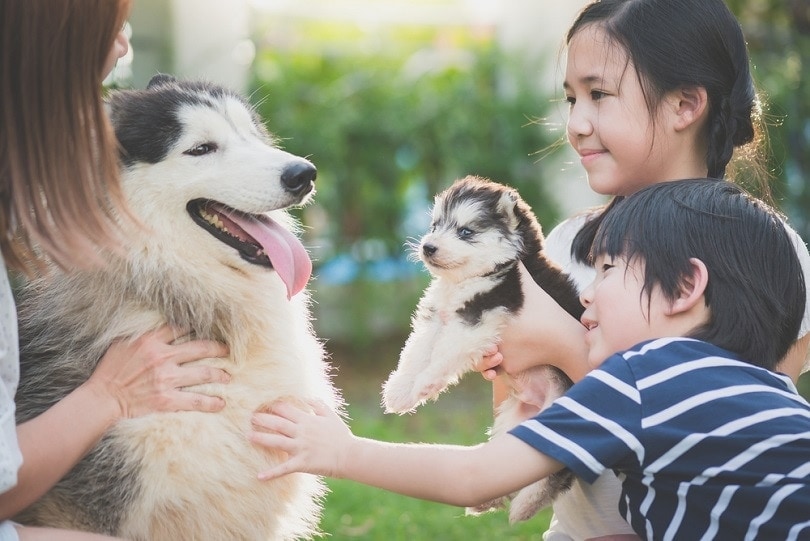How to Tell if a Dog Is Going Into Labor: 10 Signs to Look For
By Dean Eby
Updated on
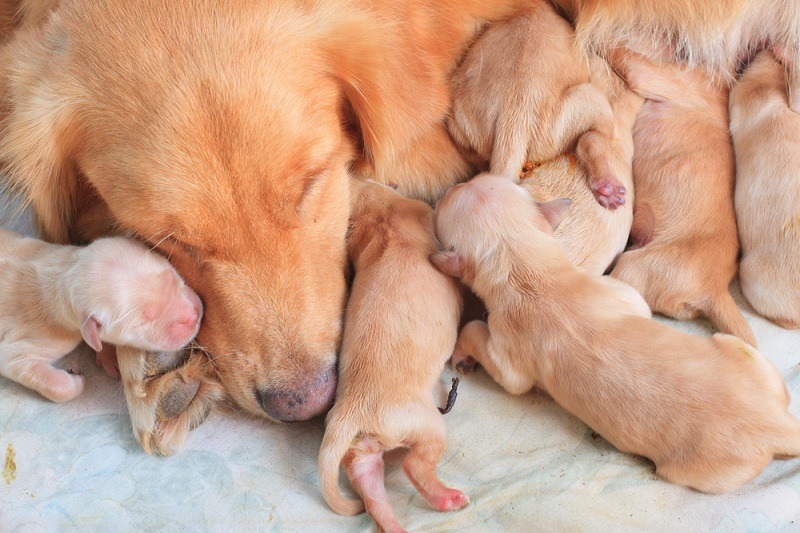
You’ve known puppies were coming for a while now. Your dog has been growing, getting wider for many weeks now. You can start to see the signs that offspring will be coming soon, but you don’t know exactly when. This can be a stressful time for everyone as concern grows about when the dog will be in labor and whether it will be a convenient time.
Unfortunately, you can’t do much to alter the time that a dog will give birth. However, you can watch for the indications that labor is about to begin. Before labor, your dog will start exhibiting certain behaviors and signs that you can pick up as clues that puppies are about to come. On this list, you’ll read about 10 such indicators that could mean your dog is about to go into labor.
The 10 Signs That a Dog is Going Into Labor
1. A Sudden Drop in Body Temperature
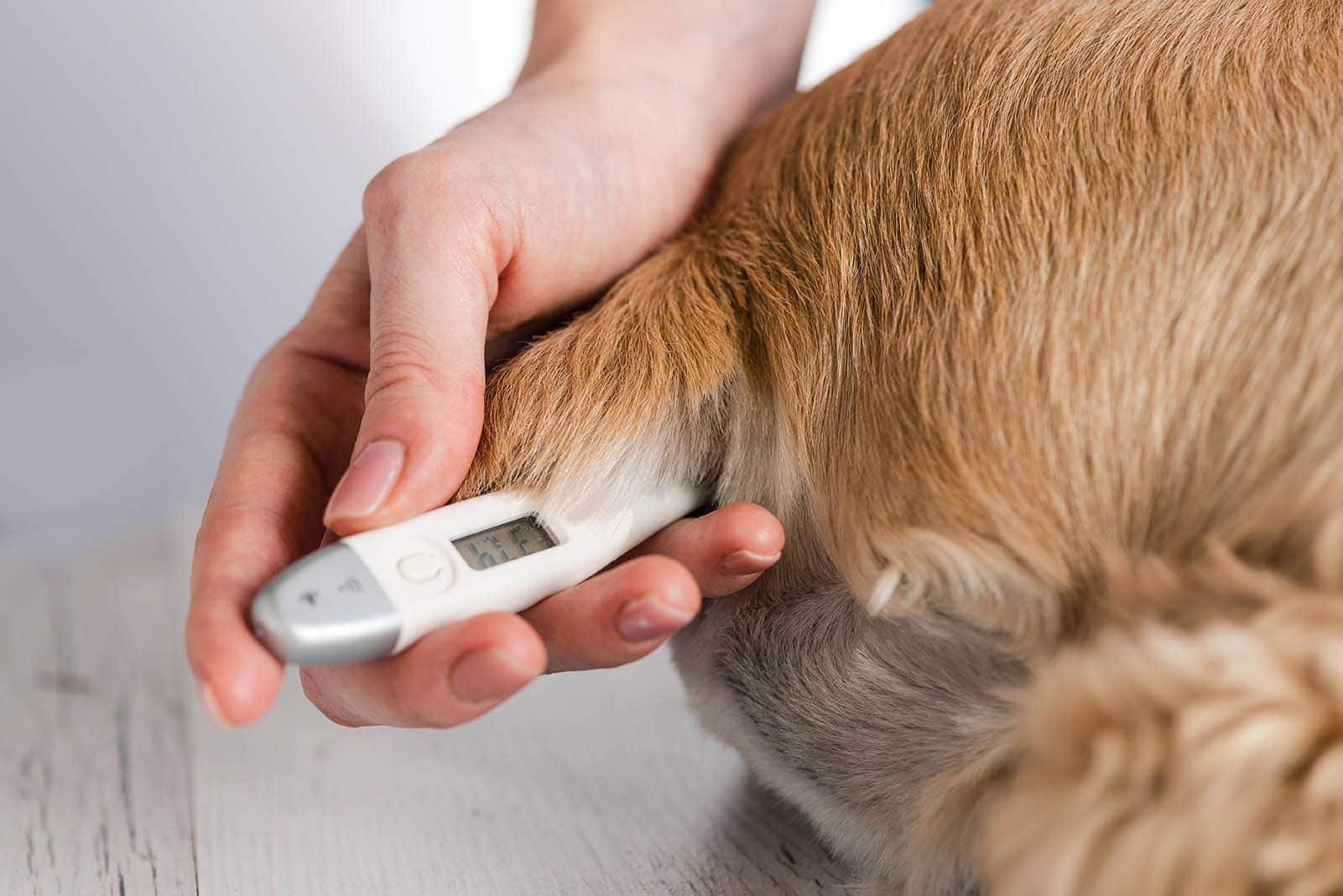
When you reach the final week of pregnancy, it’s a good idea to make daily recordings of your dog’s rectal temperature. Under normal conditions, your dog’s temperature should be 100-101 degrees Fahrenheit.
Things change when labor’s about to begin though. Just before labor, your dog’s temperature will drop down to around 98 degrees. The only problem is that this could happen several times throughout your dog’s pregnancy. You’ll know that it’s an indicator of labor when the temperature remains low for two consecutive daily readings. Once you see that second reading of about 98 degrees, you’re less than 24 hours from labor. As far as signs of labor go, this is one of the most accurate.
2. Loss of Appetite or Vomiting
Just 24-48 hours prior to giving birth, many dogs will stop eating altogether. If the dog does eat, everything consumed will likely be thrown back up. As the pups move into a birthing position inside of your dog, it’ll put pressure on different internal organs, causing your dog to have a large bowel movement within the 24 hours preceding labor.
3. Excessive Panting
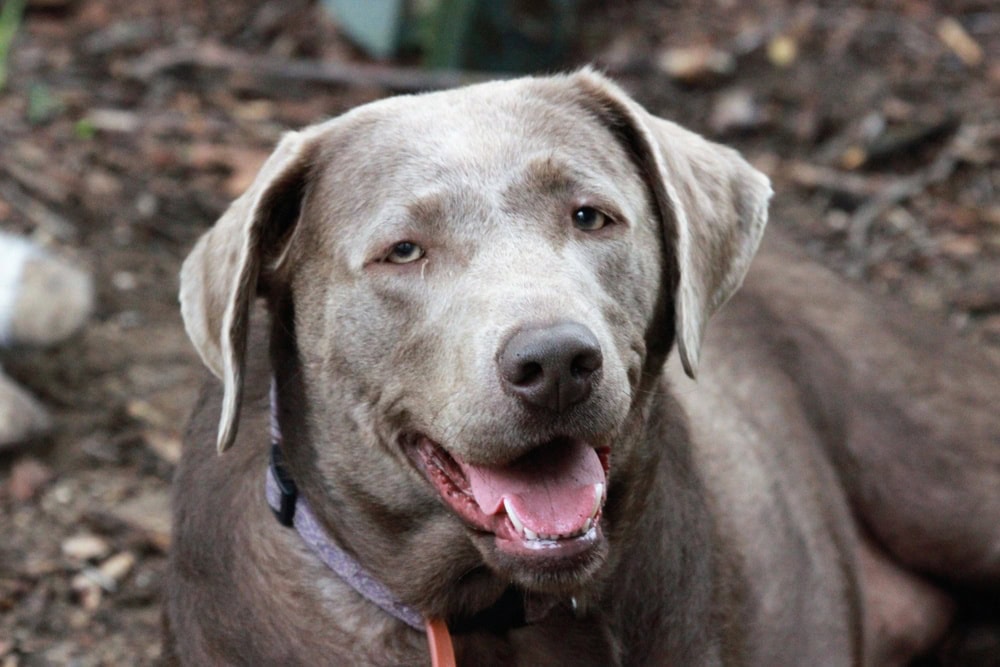
Dogs will pant from physical exertion or aid in temperature regulation, but it’s not common for dogs to pant excessively while they’re resting and the ambient temperature isn’t high. For a pregnant pooch that’s pretty far along, this could be a sign that labor has already started. When actively in labor, dogs will often repeat a cycle of rapid panting followed by a short pause.
4. Restlessness and Anxiety
We often tend to attribute human emotions to the facial expressions and body language that our dogs exhibit. While this isn’t accurate, if your dog seems to appear anxious and worried towards the end of pregnancy, you might not be imagining things. Your dog could be anxious about the oncoming labor, and these visual cues can mean that the moment of birth is near.
5. Milk Production

After your dog gives birth, it will feed the pups with milk produced in its body. Many of these dogs will actually start producing milk before the new puppies arrive, though not all will.
First, you’ll notice that your dog’s breasts and nipples become swollen. Then, you might notice a few drops of leakage. This is a sign that labor is probably going to happen soon, though it’s not an accurate indicator of how long that could take.
6. Nesting Behavior
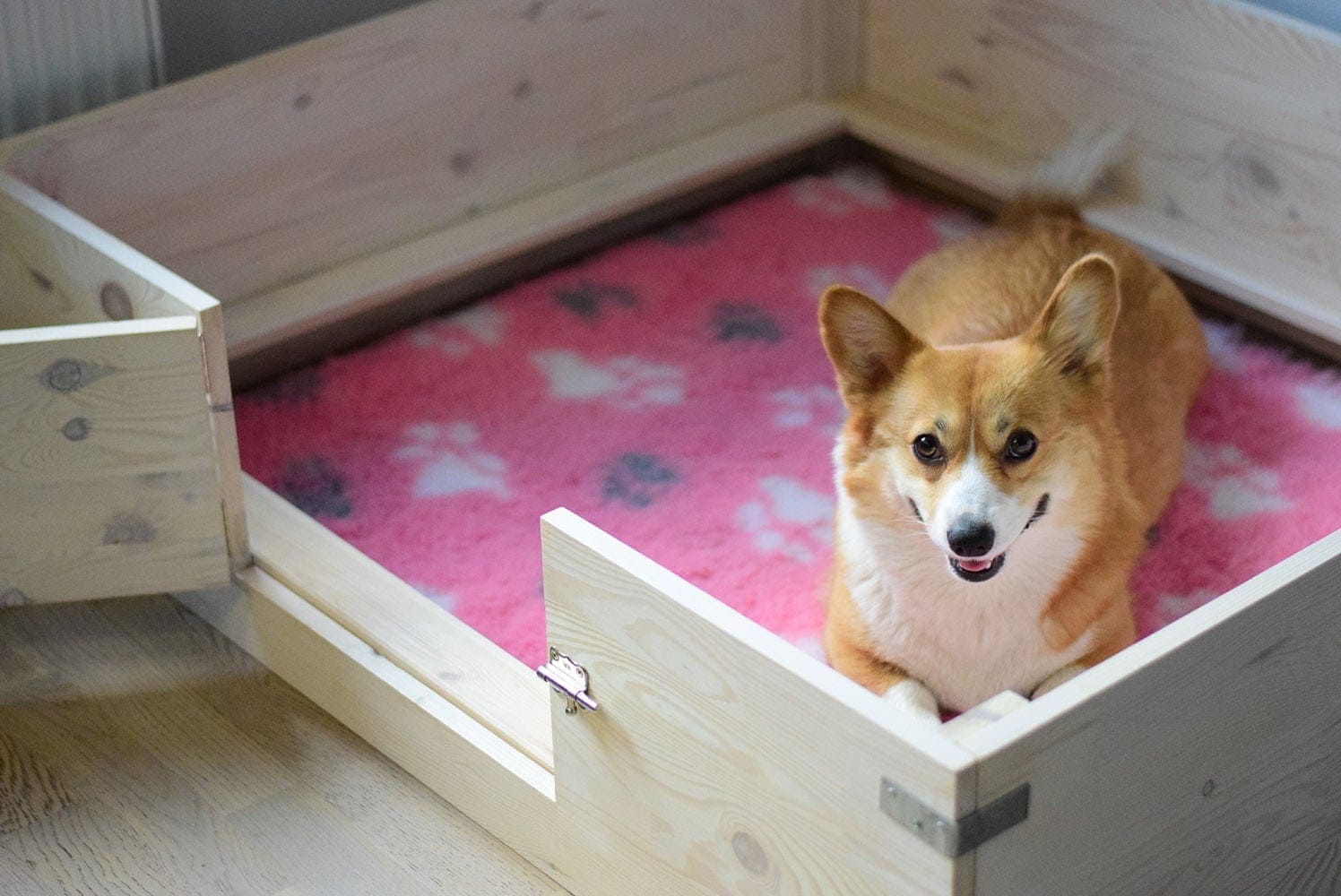
Nesting behavior is when your pregnant dog begins to build a secure home or nest where it can safely give birth. Dogs won’t always nest before labor, especially if they’ve been given a safe space such as a nesting box. A box with low sides that’s lined in a newspaper can make a perfect nest for a dog that’s about to give birth. But if you notice that your dog is attempting to build a nest, it’s probably because your dog senses that labor is going to begin soon.
7. Shivering
While your dog’s temperature will drop for about 48 hours before giving birth, its temperature will rise sharply right as labor begins. When this happens, your dog will likely feel cold, which could induce shivering. Once your dog is shivering, you can be pretty certain that labor is in the starting stages.
8. Contractions
Just like with humans, dogs will undergo contractions to help push the offspring out. You’ll know that your dog is having contractions when you see its stomach tense up or ripple. When this happens, put your hands on both sides of your dog’s belly and feel for the muscles to tense up hard before relaxing. This is the contraction occurring, which indicates that labor has begun.
9. Your Dog Starts Pushing
Once labor starts, your dog still has to put in some work to get the new pups out. Your dog will naturally know to push, and when you see the pushing begin, it means that your dog is trying to get the puppies out. Of course, it looks very similar to your dog taking a poop, so it might not be clear what’s going on at first.
10. Emerging Amniotic Sac
In case you’ve missed every sign up to this point, the amniotic sac emerging from your dog’s backside will make it clear what’s occurring. You’ll see this large, fluid-filled sack protruding from your dog as the offspring works its way out through the birth canal.
Repeat Arrivals
Dogs give birth to litters, not individual puppies. However, there’s no way to estimate how many puppies your dog is giving birth to. So, while your dog is giving birth, you need to watch for each additional puppy. With each one, the entire delivery process will repeat again, indicated by the resumption of panting and pushing behavior. Between births, your dog could rest for a few minutes up to an hour, so give it some space and be patient.
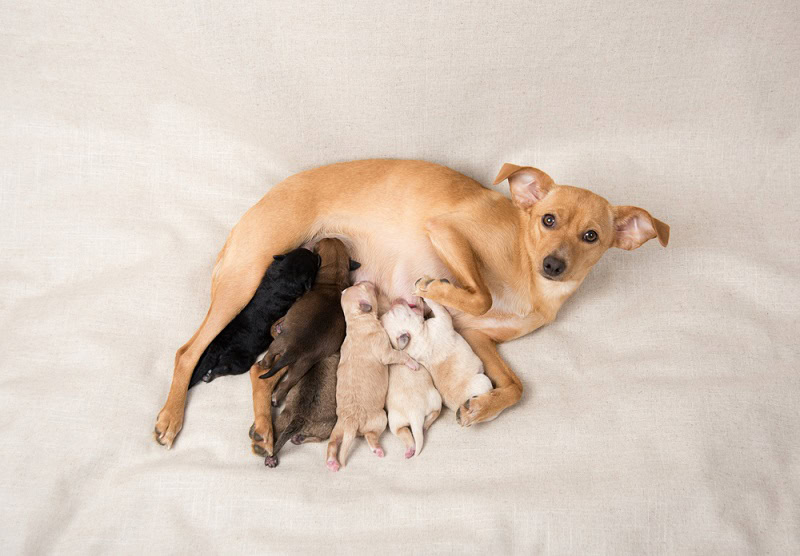
Complications with Canine Labor
In a perfect world, pregnancy and giving birth would always go off successfully without a hitch or complication. But this is the real world, and complications are a regular part of life here. Birthing is a complex process; complications can easily occur at any point.
One common complication with birth is a pup getting stuck on its way out. She might need assistance with this, so you’ll need to grab it gently, wrapping your hands in a towel first, then pull it out during the next contraction.
Other times, labor stops for no reason, even though the pups aren’t all born. There’s not much you can personally do if this occurs, so, once again, get help from your vet. They can administer medication to initiate contractions and re-induce the labor process. If all else fails, your vet can deliver the remaining offspring through C-section.
Conclusion
Pregnancy and labor are a long process with a lot of complex bodily transformations to go through. When labor begins, you’re near the end of the insanity.
If you look for the 10 signs your dog is going into labor on this list, you’ll know before it begins so you can be prepared to help your pooch however she needs. Just remember to keep an eye out for repeat arrivals and complications that may require extra action.
Featured Image Credit: Stockphoto Mania, Shutterstock






